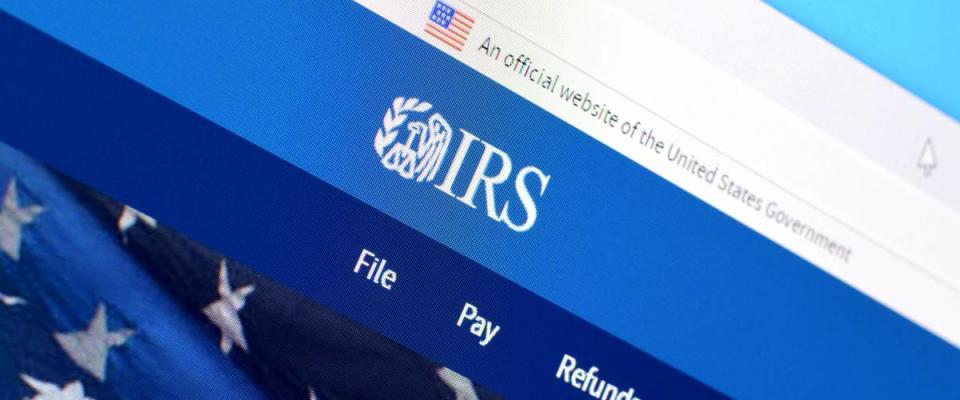The new stimulus checks for families: The IRS just made signing up even easier

Americans who qualify to start receiving "family stimulus checks" in just a few weeks, on July 15, can now easily enroll for — or opt out of — the new direct payments.
Thanks to a temporary expansion of the child tax credit, part of a law President Joe Biden signed in March, 39 million middle- and lower-income households can receive monthly checks for up to $300 per child throughout the second half of this year.
The IRS just rolled out a tool to make claiming that cash even easier, to help give your family a boost if you need money to help pay down debt, cover household expenses or just do something fun together.
IRS unveils child credit 'update portal'

The tax agency this week announced the launch of its "child tax credit update portal" that allows U.S. families to determine their eligibility for the enhanced child credit, and manage and monitor their monthly payments.
As part of Biden's COVID stimulus package, the credit provides up to $250 a month for each child ages 6 through 17, and as much as $300 monthly for kids under 6.
Couples qualify for the payments if they earn $150,000 or less and have children 17 and under. The same goes for single parents who make no more than $75,000. You should receive the money automatically if the IRS has your updated income, address and banking details from when you filed your taxes this year.
If you haven’t filed yet or you don't typically file taxes, you can now use the IRS portal to give the tax agency the information it needs.
How to use the portal

The new tool allows you to confirm that you're eligible for the payments and update your preferences for receiving the funds. Once you register on the site and verify your identity, you're good to start taking advantage of the portal.
“IRS employees continue to work hard to help people receive this important credit,” IRS Commissioner Chuck Rettig says in a statement, while adding that the update tool will help families understand, sign up for and monitor their payments.
Rettig's agency says more options will be added to the portal later this summer and in the fall, to allow users to view their payment histories and make changes to their bank account or mailing address information.
That means if you move or you welcome a new baby this year, you’ll be able to easily make changes to your account from your smartphone or computer.
Eventually, the tool will have a version in Spanish, too.
Why you might want to opt out of the payments

The monthly checks represent half the money families can receive from the expanded child tax credit for 2021. The other half can be taken in the form of tax refunds.
Let's say you have one child, who's 4 years old. You can take six months of $300 checks this year, totaling $1,800. When you file your 2021 taxes next year, you can claim another $1,800 — for a total child tax credit of $3,600. In ordinary years, the credit tops out at $2,000.
The monthly payments can help cover essentials, fund a splurge or even create an opportunity to teach your kids about money. But if you don’t need the money urgently, it might be better to take the full credit as a lump sum in the spring. In our example, you'd collect up to $3,600 via a tax refund.
If you’d prefer to hold off on receiving your child credit money, you can just unenroll from the monthly checks by using the update portal.
What to do if you need stimulus cash ASAP

If your household needs relief but you can't wait until July 15, or if you're not likely to qualify for the family stimulus checks, you have a few options to find some savings in your budget right now.
Bundle your debt. If you’ve been relying on your credit cards to carry you through the pandemic, consider rolling those high-cost balances into a lower-interest debt consolidation loan. You'll save hundreds on the interest and pay off the debt faster.
Become your own insurance adjustor. You might easily be overpaying for your car insurance by hundreds every month. If it’s been a while since you comparison shopped for your coverage, it’s time to look around for a better deal. You also can save on homeowners insurance by comparing rates to find a less expensive policy.
Refinance your mortgage and slash your payments. Mortgage rates are still at some of the cheapest levels in history. Refinancing your current home loan could save you thousands of dollars through the rest of this year. With the average rate on a 30-year home loan hovering around 3%, the mortgage tech and data provider Black Knight recently said 14 million homeowners could refi and cut their monthly payments by an average $287.
Invest like a pro for pennies. You might not have a lot of money to spare these days, but there’s one simple way to change that. Download a popular app that allows you to invest your "spare change" — and turn your pennies into a diversified portfolio.
